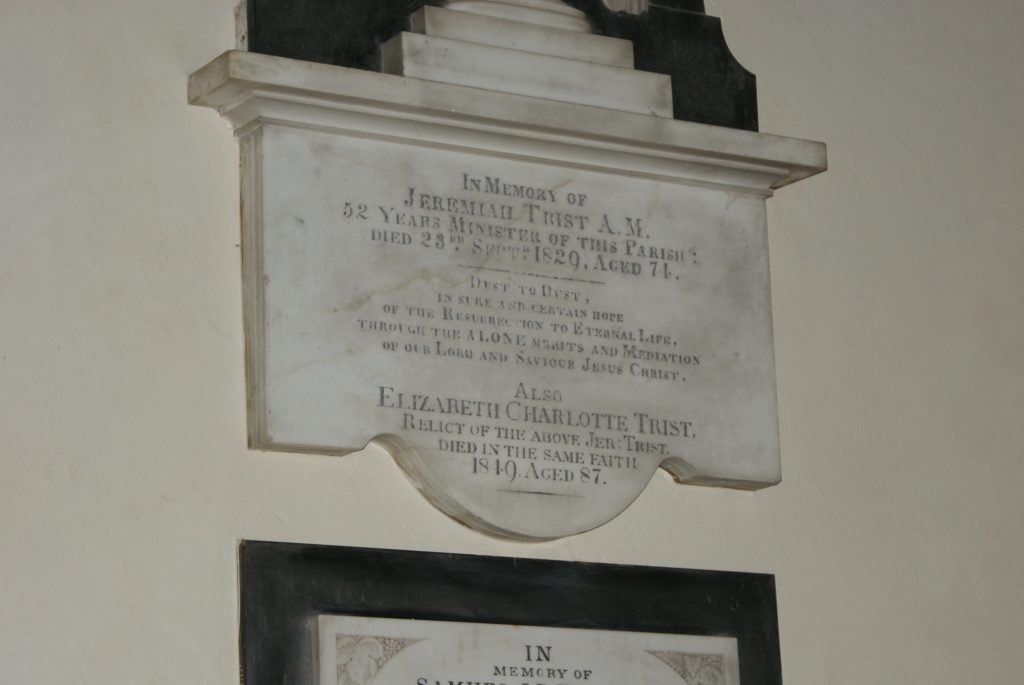The Parish of Veryan

Our church
Christianity was brought to Cornwall in the 5th and 6th centuries by missionaries from Wales, Ireland and Brittany. Veryan church has the head of a Celtic cross over the south porch, and part of a cross shaft standing outside the lych gate by the war memorial; it is not known whether they form part of the same cross.
The church has since the 13th century been dedicated to St Symphorian, a French martyr, probably because in the middle ages the church belonged to the monastery of Montacute in Somerset, which had its origins in Cluny in France. It may have had an earlier dedication to a Celtic saint.
The building has a few Norman features, 13th century doorway arches and tower windows, 14th century pillars with carved capitals and retains some early carved roof timbers. Part of the 16th century rood screen stands in the north aisle. The church was substantially rebuilt in 1847 and further refurbishment took place in 1897. Many subsequent additions and improvements have been made [see the church guidebook for details].

The churchyard
There are some fine slate headstones, substantial vaults to the Trist and Thomas families, and the grave of the crew of the German barque Hera, wrecked on the Gull Rock in February 1914. It is reputed to be the longest grave in Britain. [see the ‘Hera’ booklet for the full story]. The grave of Philip Clear is regularly visited by his descendants; he was a local man who fought in all the major battles of the Peninsular Campaign between 1809 and 1815 [see booklet for more information]
Many shrubs are memorials to parishioners and the fine ‘St Ewe’ camellia close to the porch is one of many planted in Cornish churchyards as a memorial to Bishop Joseph Hunkin.

The Trist family
Three generations of the Trist family served in turn as vicars of Veryan. John repaired the church and planted many trees in the churchyard; his son Jeremiah established the parish schools, built five round cottages for his tenants, and provided the church clock. His son Samuel was responsible for a major refurbishment of the church in 1847, established the Veryan Friendly Society, excavated Carne Beacon and built a new vicarage with a lodge and magnificently landscaped gardens.

All Saints Church, Portloe
Until the 1880s the parish church in Veryan served the whole of the parish. After the closure of the lifeboat station at Portloe occasional services were held in the boathouse, and in 1896 the building was converted into a mission church. By the 1990s the congregations of both church and chapel in the village were declining and the building was refurbished to enable it to be used for Methodist, Anglican and joint services, and as a much-needed community centre. Other Methodist congregations have joined the Portloe community as their places of worship have closed, and the church is one of two Local Ecumenical Projects in the diocese of Truro.

Church records
Surviving parish registers date from 1683. Transcripts of headstone memorials have been made; Advice on how to trace your Veryan forebears can be found in our ‘Family History’ leaflet.